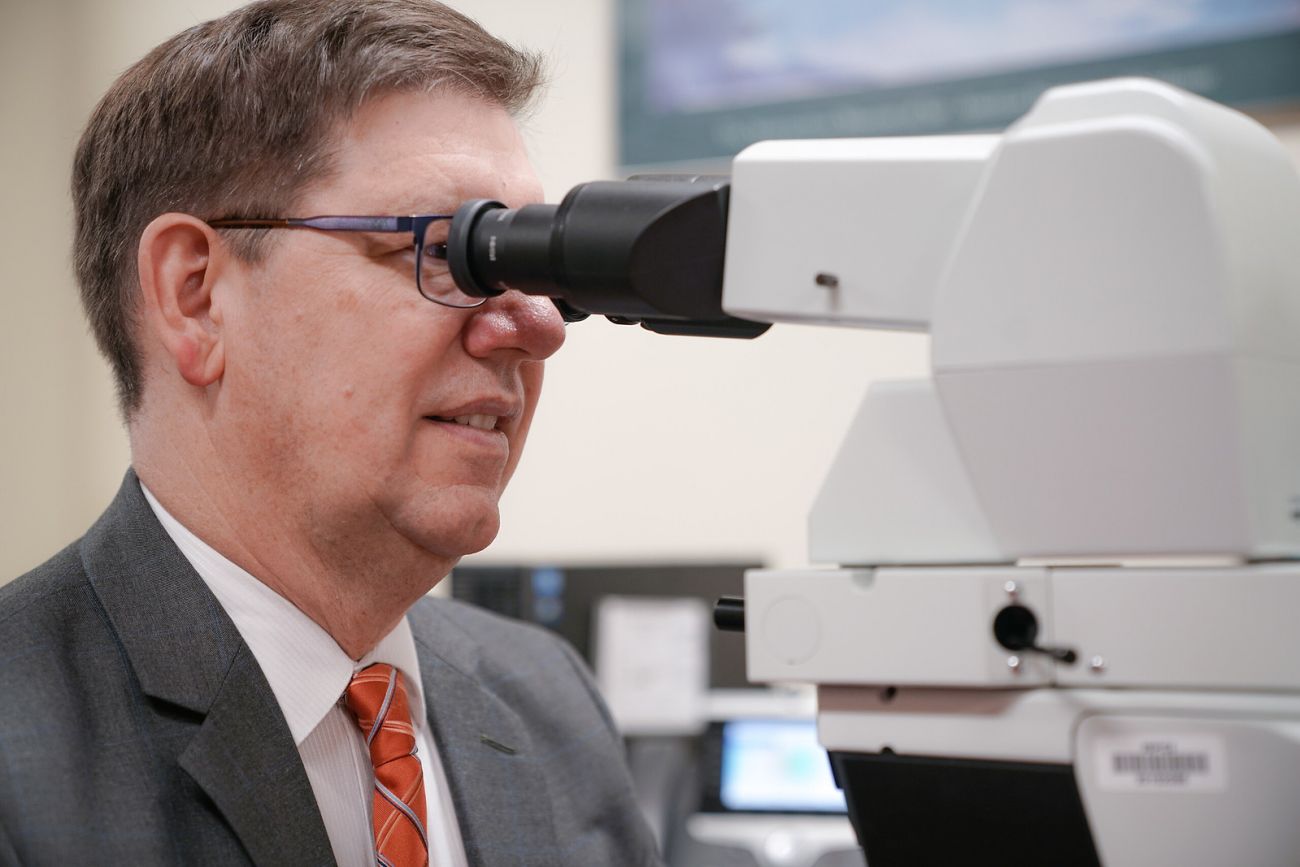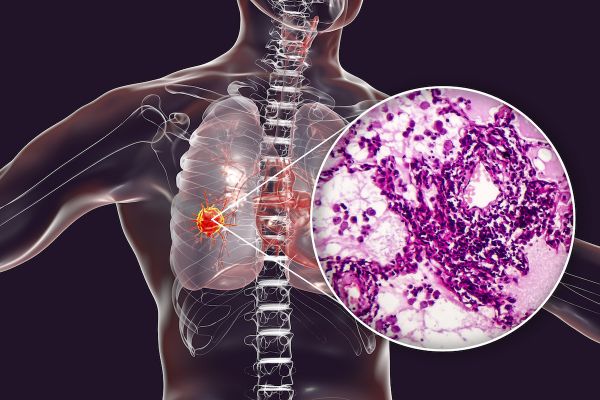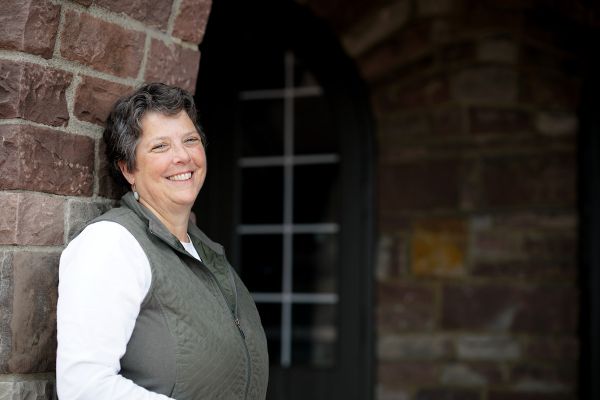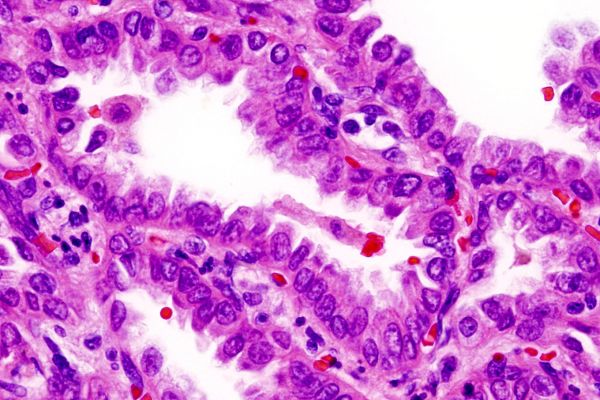Biopsies are fundamental to diagnosing cancer and monitoring results of its treatment. Patients awaiting the outcome of a cancer biopsy face having an enormous weight being put on – or lifted from – their shoulders.
A biopsy is the removal of tissues for examination by a pathologist. There are many types of biopsies but choosing the most appropriate type of biopsy to perform on a patient depends on the suspected disease and care goals for that disease. None of them is inherently better or worse than the other.
At the most basic level, these test results are expected to be one of two kinds: positive, meaning the condition (or cancer) being sought – or an abnormality – is present; or negative, meaning the condition has not been detected.
Biopsies provide much more information than just the presence or lack of cancerous cells. Your cancer care team uses them determine other specifics about the cancer, if detected, such as the specific subtype of cancer cell present — all of which is essential information to charting a successful treatment plan.
But occasionally, these tests come back with incorrect results.
Although tests aren’t 100% accurate all the time, receiving a wrong answer from a cancer biopsy – called a false positive or a false negative – can be especially distressing. While data are limited, an incorrect biopsy result generally is thought to occur in 1 to 2% of surgical pathology cases. Here at Roswell Park, our quality assurance of our diagnoses has shown a significantly lower 0.4% error rate.
What is a false positive?
A false positive is when a patient receives a test result that wrongly indicates a condition or abnormality is present. In some cases, a false positive, while incorrect, may be indicating that there is something abnormal, leading to further tests.
A false positive can result in a few different ways, all of which highlight why having your biopsy performed and read by a specialized, experienced team is important.
For example, a sampling error can occur when only one part of the lesion or tumor was biopsied, and a more representative sample of the tumor is needed to be able to make the “correct” diagnosis.
Or it could be that the biopsy was done on one of those lesions that mimic cancer and was misinterpreted as cancer (or vice versa). There also could be contamination with another patient’s biopsy material leading to a correct diagnosis but for the wrong patient, but this is a very rare occurrence.
While it is not regular practice to perform a second biopsy to confirm a diagnosis, physicians sometimes will present especially difficult specimens at subspecialty consensus conferences and at multidisciplinary tumor boards to get other doctors’ opinions and insights.
What is a false negative?
A false negative result reports inaccurately that a condition is absent. These are usually due to sampling errors or missing the lesion with the biopsy.
A false negative result will require a second biopsy. At Roswell Park, our interventional radiologists use the services of our cytopathologists to help determine that they have sampled diagnostic tissue prior to discharging the patient from the biopsy procedure.
Need a Second Opinon?
At Roswell Park, a change in diagnosis is made in 11 to 18 percent of cases, which completely alters the patients' treatment recommendation.
Learn More



